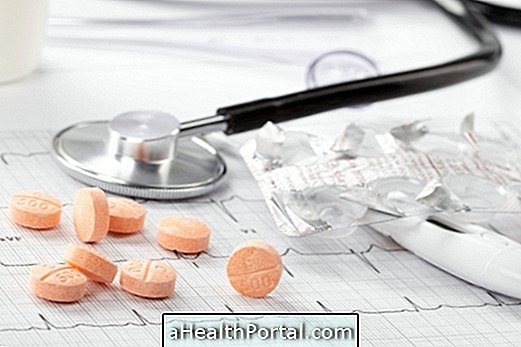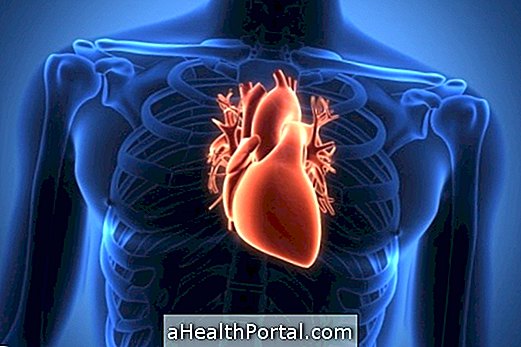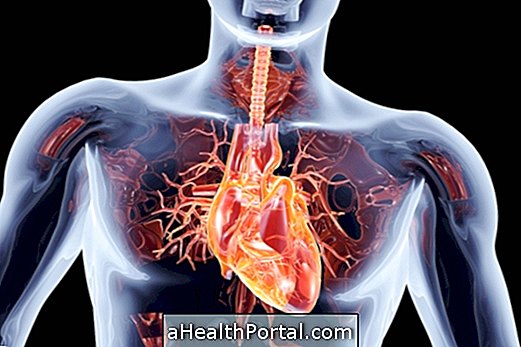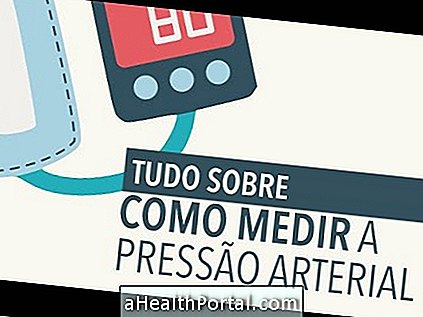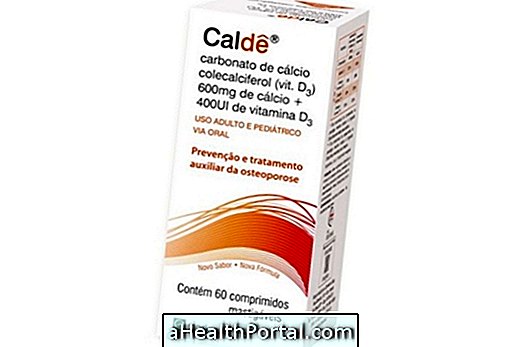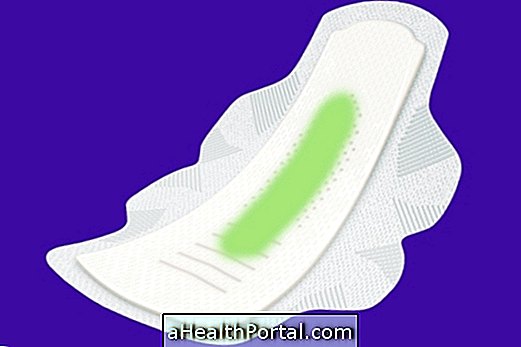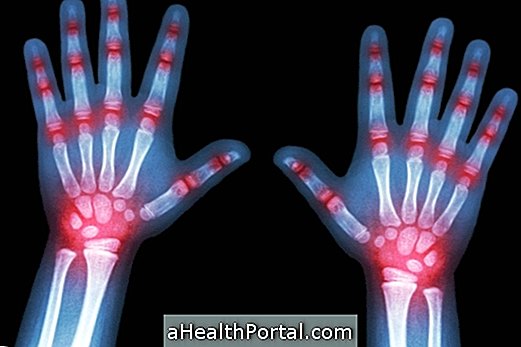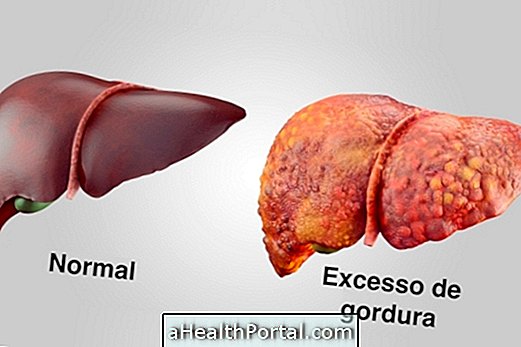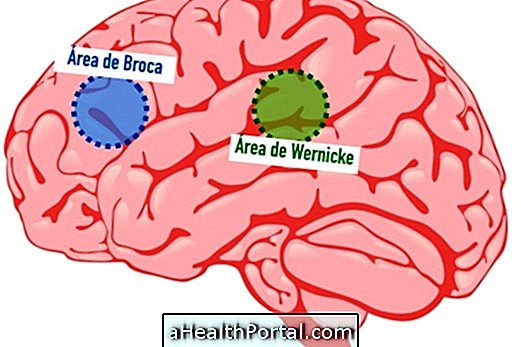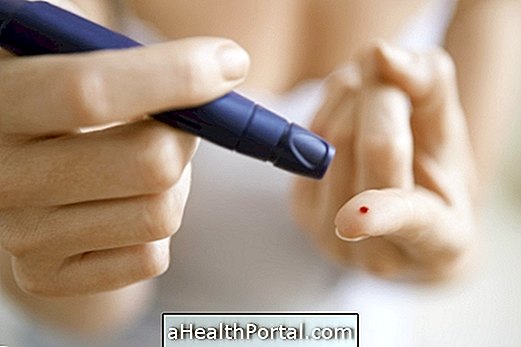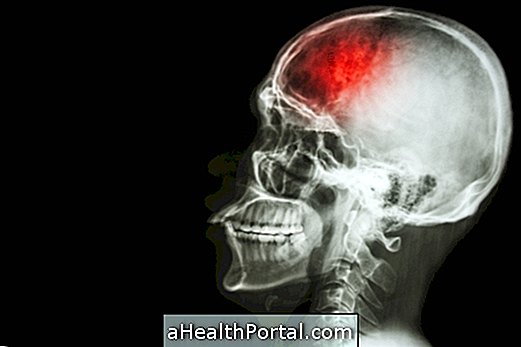The heart defibrillator is an appliance that produces an electric shock to the heart and can be of two types, internal or external.
What is the heart defibrillator for?
The cardiac defibrillator serves to try to avoid the death of the individual with cardiac arrest. However, it is also used to treat arrhythmias and other problems, such as tachycardia, atrial fibrillation, or ventricular fibrillation.
Internal Defibrillator
The internal defibrillator can be placed under the skin of individuals at high risk of suffering cardiac arrest and, consequently, death. Usually, the implantable internal defibrillator is prescribed by a cardiologist after evaluation of the patient's clinical history and severity of the disease.
The internal defibrillator is automatic, triggering an electric shock whenever the heart stops beating at its normal pace. The shock is not too great, but it is uncomfortable. Like the pacemaker, the defibrillator can be interfered with, and if the individual feels discomfort, he should stop the activity that he is doing and leave near any electronic device.
The surgery to place the internal defibrillator is done with local anesthesia, reason why the patient usually can return home after 24 hours of hospitalization. Recovery should be gradual and the individual should only return to daily activities after the cardiologist has been instructed.
Portable Defibrillator
The portable defibrillator is a device that has two blades or stickers that should be placed on the subject's chest, in cardiac arrest, to give a shock and avoid death and should only be used by a qualified professional.
However, there are already some simpler defibrillators that analyze heart rate and crash alone, just putting the paddles on the patient and pressing the single button. They can be found in clinics, hospitals, football stadiums and malls.
Useful link:
- Cardiac arrest

